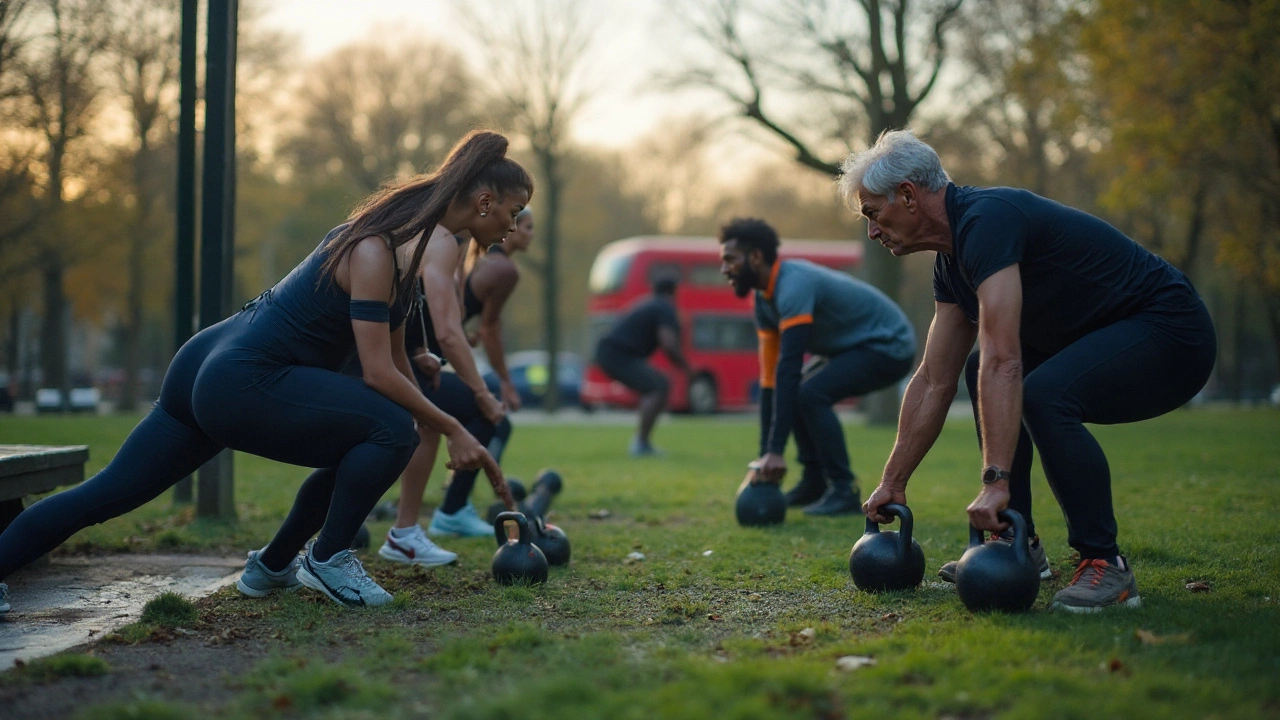Compound Exercises – The Backbone of Effective Strength Training
When you hear compound exercises, multi‑joint movements that recruit several muscle groups simultaneously, you instantly picture lifts like squats, deadlifts, bench presses and rows. Also called compound lifts, they are the workhorses of any serious strength training, offering the most bang for your buck in terms of strength, muscle growth and functional fitness. In short, compound exercises require coordinated effort across joints, enable progressive overload, and deliver measurable improvements faster than isolation moves.
Why Compound Exercises Matter for a Full Body Workout
A well‑designed full body workout, a routine that hits every major muscle group in a single session leans heavily on compound lifts. By stacking squats, presses and pulls together, you train the body the way it moves in real life – pushing, pulling, and bending. This approach not only saves time but also spikes hormonal responses like testosterone and growth hormone, which further fuel muscle repair. The result is a stronger, more balanced physique that handles daily tasks and sports demands with ease.
One popular scheme that builds around this principle is the 5x5 workout, a strength program focusing on five sets of five reps for core compound lifts. The 5x5 model simplifies progression: add weight each session, master technique, and let the compound nature of the lifts do the heavy lifting for muscle recruitment. Because each lift hits multiple muscle groups, you get a high training volume without needing a dozen separate exercises.
Beyond sheer efficiency, compound exercises improve core stability. When you squat, your spine, glutes, hamstrings, and core fire together to keep you upright. This integrated activation translates to better posture, reduced injury risk, and smoother movement patterns in sports like soccer, rugby or basketball. If you’re an aspiring referee, the same stability helps you stay sharp on the field, making quick decisions without fatigue.
Safety is a common worry, but proper form makes compound lifts safer than many isolation moves that overload a single joint. Learning the mechanics of a deadlift, for instance, teaches you how to hinge at the hips, protect the lower back, and engage the posterior chain. Using a coach or video analysis to fine‑tune technique ensures you lift heavy without compromising joints.
Programming flexibility is another plus. Whether you follow a strict 5x5, a upper/lower split, or a push‑pull‑legs routine, compound exercises slot in seamlessly. They serve as the foundation upon which you can add accessories like bicep curls or calf raises to address specific weaknesses without derailing the main strength gains.
In practice, start with the three big lifts – squat, bench press, deadlift – and build a routine that hits each twice a week. Add variations like overhead press or rows to cover the remaining major muscle groups. Track your weights, aim for small weekly increments, and prioritize recovery with good sleep and nutrition. This formula has helped countless athletes, coaches, and everyday gym‑goers become stronger and more resilient.
Below you’ll find a curated list of articles that dive deeper into the science, technique, and programming of compound movements, plus practical tips for integrating them into your own training plan. Whether you’re a beginner looking for a solid start or a seasoned lifter fine‑tuning your regimen, the content ahead gives you the context you need to make the most of these powerful lifts.
Are 4 Exercises Enough? Minimalist Full‑Body Workout That Works in 20-30 Minutes
Can you get strong and fit with just 4 exercises? Yes-if you choose the right moves, volume, and plan. Here’s a science-based, time-efficient guide that actually works.





